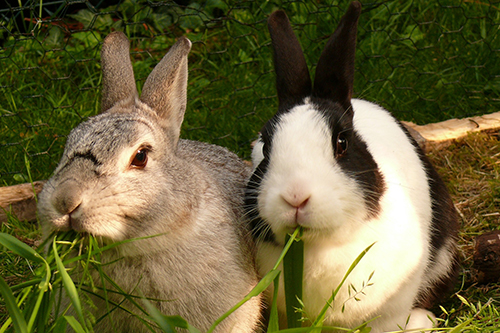I really like that feeling of satisfaction on the finish of a job properly completed.
All the hassle that goes in earlier than a spade even makes contact with the bottom within the planning, analysis and the sourcing of crops.
Then laying out your plot, perhaps a little bit of landscaping with a path or the constructing of raised beds, transferring on to getting ready the soil and bettering its construction with the addition of composts.
Ensuring all the pieces is appropriate
Lastly the day comes after we can begin placing crops within the floor.
Place crops first, taking time to step again and searching on the border from all angles simply to verify they’re within the appropriate spot.
Then working our manner down via shrubs, herbaceous perennials, floor cowl crops and bulbs, ensuring all of them have adequate house to develop, giving all a very good drink to settle them into their new residence.
One of many first issues I used to be taught and nonetheless sticks with me at this time is that the job isn’t completed till all is tidy and put away.
No footprints within the mattress, grass raked off or paths swept tidy.
Mud cleaned off of instruments on website so to not unfold any soil illness to a different a part of your backyard, earlier than washing then sterilising them placing safely away.
A remaining examine and also you’re completed.
Soiled, drained, glad on a job properly completed, time for a properly earned cup of tea.
What then if all of the exhausting work is ruined?
Simply think about then heading out the following morning to seek out the delicate, lush foliage of your crops all nibbled and gone, sat on or squashed.
All of your exhausting work ruined in a single day.
That’s what occurred to me the opposite week after planting out a complete load of perennials to seek out all of them broken by peacocks.
Not your common pest downside, though I’m fairly certain just a few of you on the market may higher that for randomness.
Nonetheless, numerous us face comparable points with crops being attacked from deer and rabbit.
I used to be devastated after I first realised that holding a backyard with the harm deer and rabbit could cause was going to be one thing I must dwell with.
Each have the potential to kill younger timber, shrubs and herbaceous crops.
Impressed by Beatrix Potter?
By no means one to surrender, I channelled the internal ‘Mr McGregor’ inside me from Beatrix Potter’s Peter Rabbit to deal with the issue head on.
Studying from the film I prevented the usage of electrical energy and explosions, not fearful of being outwitted by the rabbits extra not wanting to present my younger children on the time any concepts.
I’ve taken a extra pragmatic strategy with the view of dwell and let dwell however simply depart my crops alone.
The primary plan of assault was to decide on crops for my backyard which are deer and rabbit resistant.
There’s two methods of doing this, the primary is to maintain spending an absolute fortune as you perform your individual experiments and see which crops these pests depart properly alone.
The second is to hold out some analysis profiting from the information gained and cash spent of these gardening with deer and rabbit earlier than me.
What are the most effective books on the topic?
Two sources price trying out are the Royal Horticultural Society recommendation pages and Ken Cox’s wonderful e-book ‘Backyard Vegetation for Scotland’ which each include complete lists.
Price noting that these aren’t full proof, as Ken says deer and rabbit don’t learn books and if hungry will eat something.
It’s unhealthy sufficient when you’re attempting to backyard with one in every of these challenges however turns into extraordinarily tougher when doing so with each.
The difficulty I had was when after cross referencing each lists, it didn’t depart me a lot of a planting pallet to have the ability to use.
There’s a spray on the market that when utilized to plant foliage makes it unpalatable for rabbits, deer and in addition pigeons that too generally is a harmful nuisance within the veg plot.
I attempted this however with not a lot success.
Purposes are made each 4 weeks over the rising season although I believe from chatting with others, the trick is to start out spraying as early into the crops development cycle as potential.
What about bodily limitations?
Probably the most profitable answer I discover I’ve is a bodily barrier.
Walled gardens have been designed solely solely to create a greater setting for rising crops but in addition to maintain animal and human pillagers out.
Not saying go to the expense of constructing 6ft/2m excessive wall however you would plant a hedge or a financial institution of deer proof shrubs to this height- albeit this too will want some type of safety first!
I’ve a beech hedge defending my very own backyard which does this job which you would plant both a inexperienced or purple kind, even higher a combination of each.
Most often I’m utilizing wire netting to guard my crops, doesn’t sound fairly however I’ve a few options.
You may get a particular rabbit netting which is the most effective worth for cash possibility however I discover it could possibly lose its form, be broken and usually develop into untidy.
Bit costlier however I exploit a sturdier inexperienced coated model which does the job defending crops and visually blends in amongst the foliage of crops holding itself unseen.











